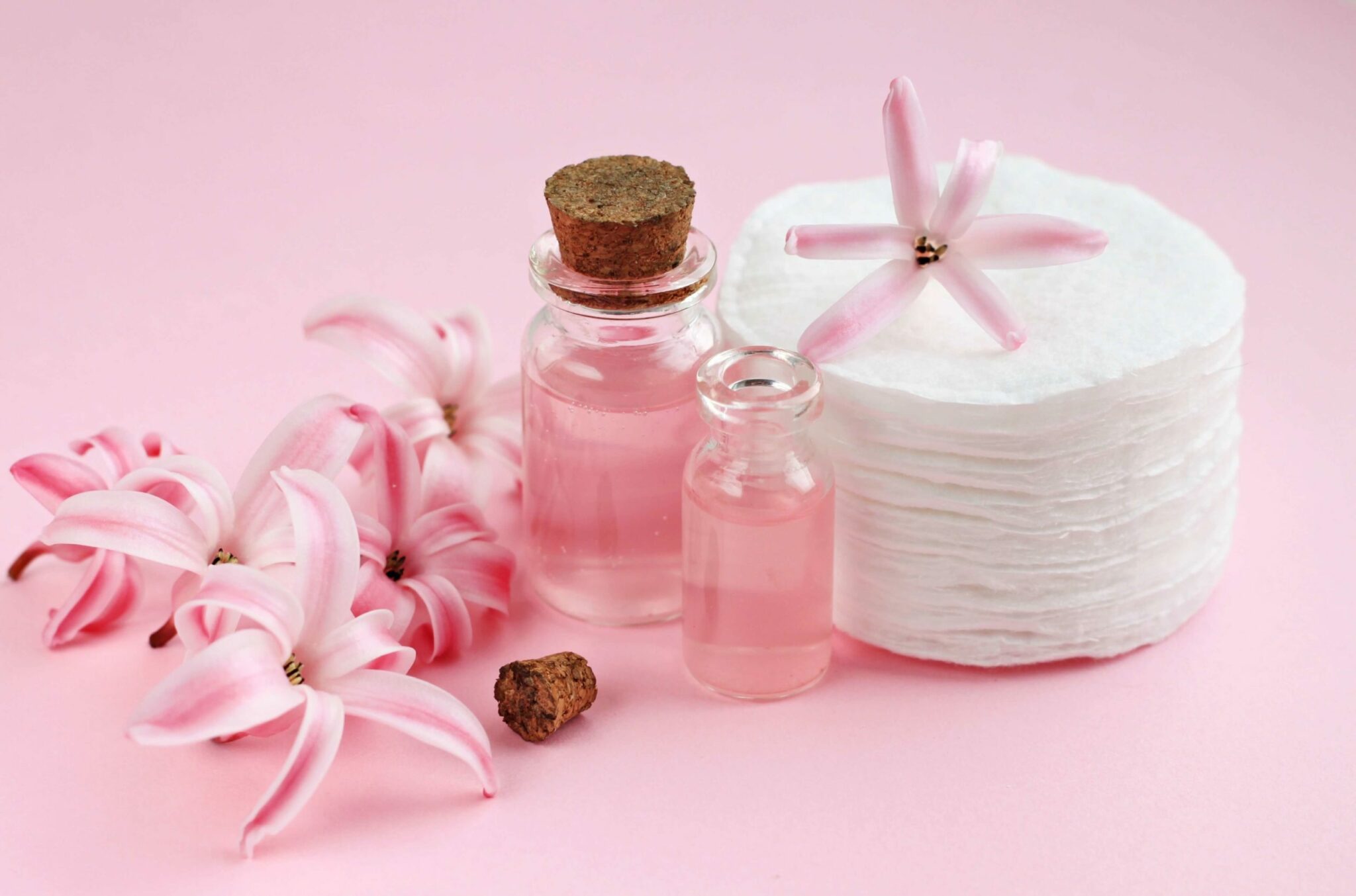What You Need to Know About Feminine Washes


You must’ve seen ads for “intimate washes” at least once! These are promoted as essential for the maintenance of vaginal health. Even as there has been a growth in the commercial aspect of these washes, medical literature is still catching up to it. In today’s blog we breakdown for you a published article on the how the use of these intimate washes affects the health of the vagina/vulva.
First, an anatomy lesson!
When you see the ads for intimate washes, what they really mean is a wash for the vulvar region. Vulwhaat? While the uterus, cervix, and vagina are well-known as the female reproductive organs, the external sex organs are a little ignored. For the sake of keeping this discussion simple, we will restrict ourselves to talking about the aforementioned vulva. The vulva is the external part which leads to the vagina, which in turn leads to the cervix – the opening to the uterus. A simple analogy is how the mouth leads to the throat which leads to the food pipe which in turn leads to the stomach. In this context, the vulva can be corresponded to the mouth.
Ok… but why do you need an anatomy lesson?
Maintaining vulvar hygiene is different from “cleaning the vagina”. For ages, cleaning the vagina has been equivalent to douching to women. Douching is a cleaning method where an antiseptic solution is sprayed or injected in to the vagina through a tube – more on that later.
The vagina is a tunnel made of muscle and fibrous tissue. Until menopause the vagina is kept moist by secretions from its walls and surrounding glands. Moreover, the vagina has numerous bacteria which live there without actually infecting the vagina. These are known as the microflora of the vagina and are responsible for maintaining the acidic environment of the vagina. They occupy the vaginal real estate making sure that harmful bacteria do not take their place. So, these three factors: the bacteria living in the vagina, the vaginal secretions, and the acidic environment all contribute to keeping the vagina infection free.
However, the vulva’s needs are different: it is the first protection against genital infections. Being the most exterior, it is vulnerable to skin changes like excessive moisture, secretions, and hormonal changes. Moreover, the skin of the vulva is different from skin elsewhere on the body in that it is thinner, more permeable, and has large hair follicles. These properties make it easier for microbes to enter the vulvar skin.
These structural differences between the two regions are to be kept in mind. While assessing how to best take care of them.
Where do feminine washes come in this picture?
Personal and cultural preferences play a role in an individual’s feminine hygiene practices. Vaginal douching is a common practice but it does more harm than good. Vaginal douching increases the risk of infections of the female reproductive system and endometriosis.
However, maintaining vulvar hygiene is more important and essential for the female body. Typically, women use their bath soap – be it bar or shower gel to clean their vulva. However, this has been associated with a higher chance of vaginal infection. Since vulvar skin is more delicate than the skin elsewhere on the body, soaps can cause abrasion which make the region more susceptible to infections.
The study found that using feminine wash product with natural ingredients is better – it is able to maintain the vaginal acidity and maintain vaginal lubrication. It also found that the key features of a vaginal wash are that it needs to be hypoallergenic, without irritants like soap, and hydrating as well.
Final thoughts
Cleanliness is an important part of health. While your vagina is a self-cleaning organ, the exterior of your reproductive system still needs maintenance. While choosing an intimate wash, make sure to read the label well, talk to your OB/Gyn if you need further information regarding these products.










































